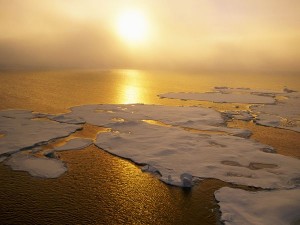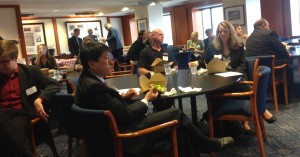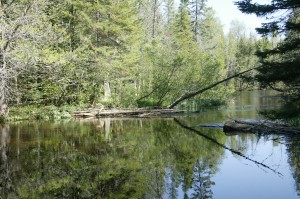State’s wildlife council should be broader than hunters and anglers (think, CraneFest!)
We wrote here a few weeks ago about legislation restructuring Michigan’s hunting and fishing license fees to put more conservation officers and wildlife biologists in the field. Governor Snyder signed the measure into law a few days later. The changes take effect in March.
Included in the law is a $1 surcharge on licenses to support public education about how hunters, anglers and trappers contribute to conservation and wildlife management in Michigan.
As Michigan United Conservation Clubs Executive Director Erin McDonough told MLive,
Many people don’t understand that most money for natural resource management comes from the sale of hunting and fishing licenses…Everyone can enjoy ‘Pure Michigan’ because of the investment that Michigan sportsmen and women make. We’re proud to provide that legacy for the rest of the state.
That investment is significant. In 2011 license fees created $44.1 million in revenue for conservation in Michigan. The state expects the new fees to generate another $12.8 million in 2014, and close to $20 million more in subsequent years. That’s real dough, and provides an opportunity for Michigan to celebrate and promote our amazing natural assets.
Legislation outlining how the state should implement the public-education campaign, House Bill 4993, recently was introduced by Rep. Jon Bumstead, a Newaygo Republican. The bill calls for a nine-member Michigan Wildlife Council to oversee the campaign. The panel must include four hunters and anglers, the owner of a business closely tied to hunting and fishing, and someone representing rural areas of the state whose economies depend on hunting and angling. It also specifies roles for someone representing agriculture, a media or marketing pro, and the DNR director or his designee.
We’re enthusiastic about the tremendous hunting and fishing economy in the state, and appreciate hunters and anglers supporting habitat projects and wildlife management. Read more










